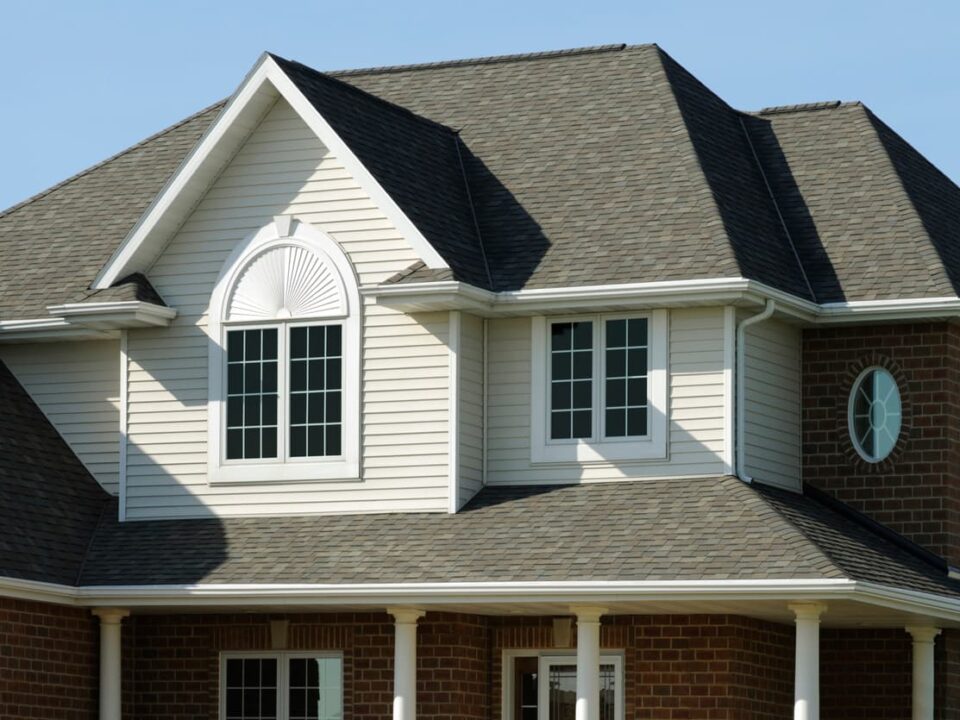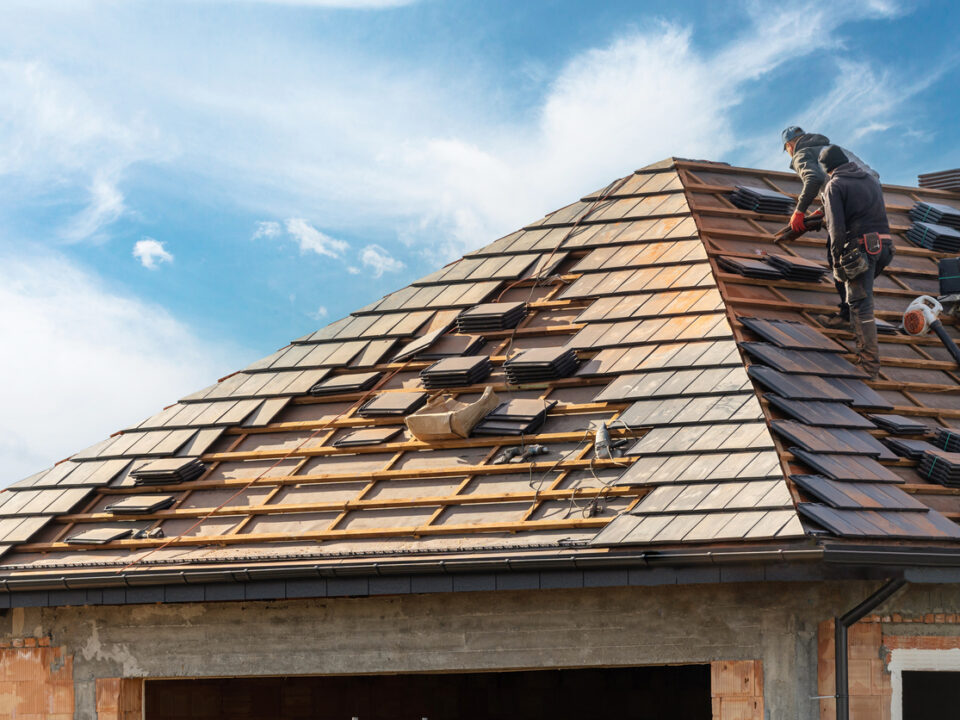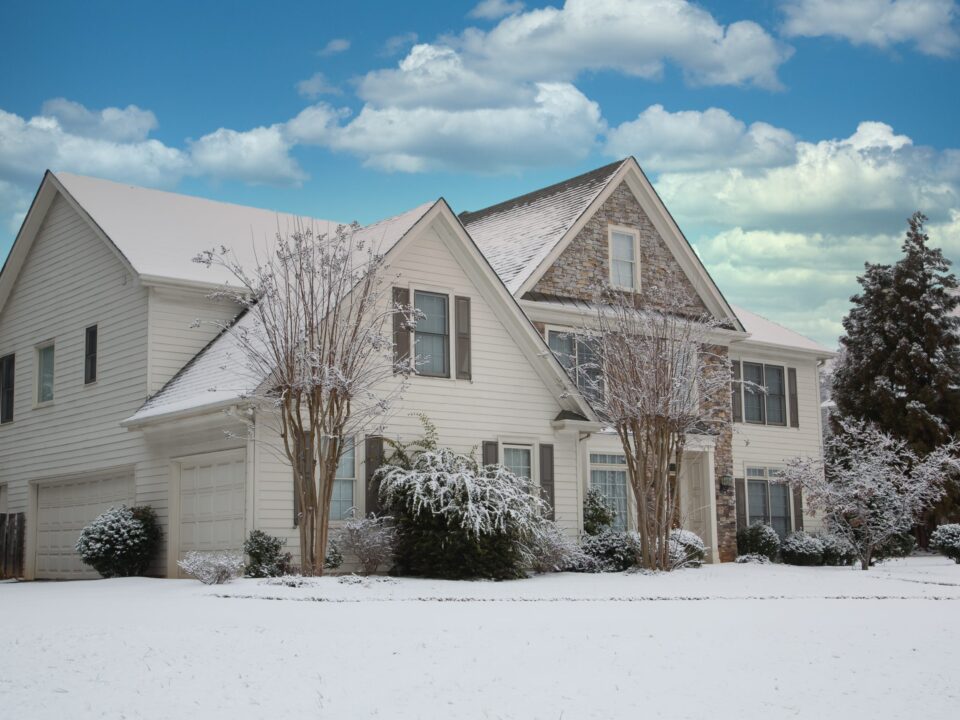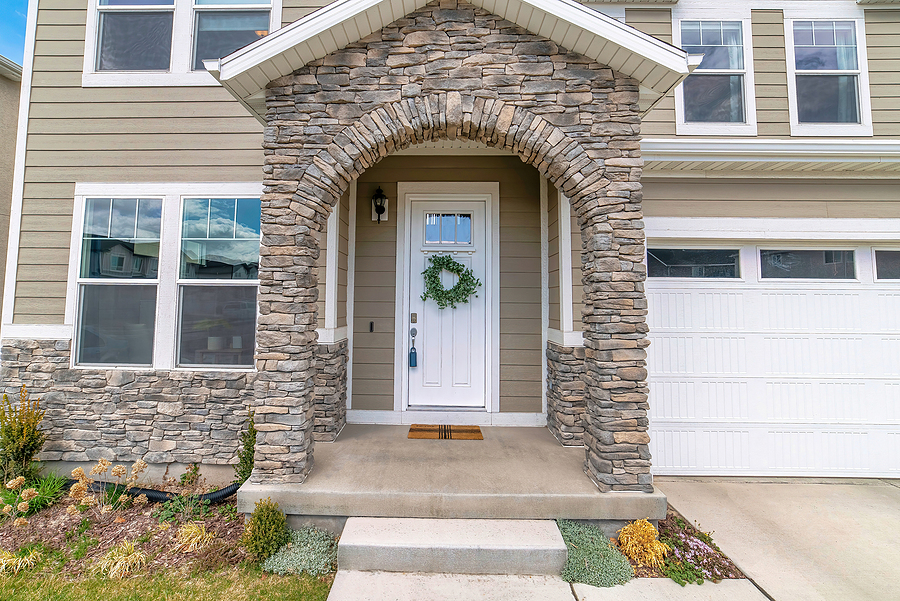
Renovate Your Front Entryway For Big Impact
August 16, 2021
My Roof is Leaking, What Do I Do?
August 26, 2021While your roof is made to withstand the weather, wind damage is a common threat for many homes. While you can’t control nature, you can deal with the effects of wind roof-related damage promptly to avoid further issues to your home down the road.
How do you spot the signs of wind damage, and more importantly, what should you do when it occurs?
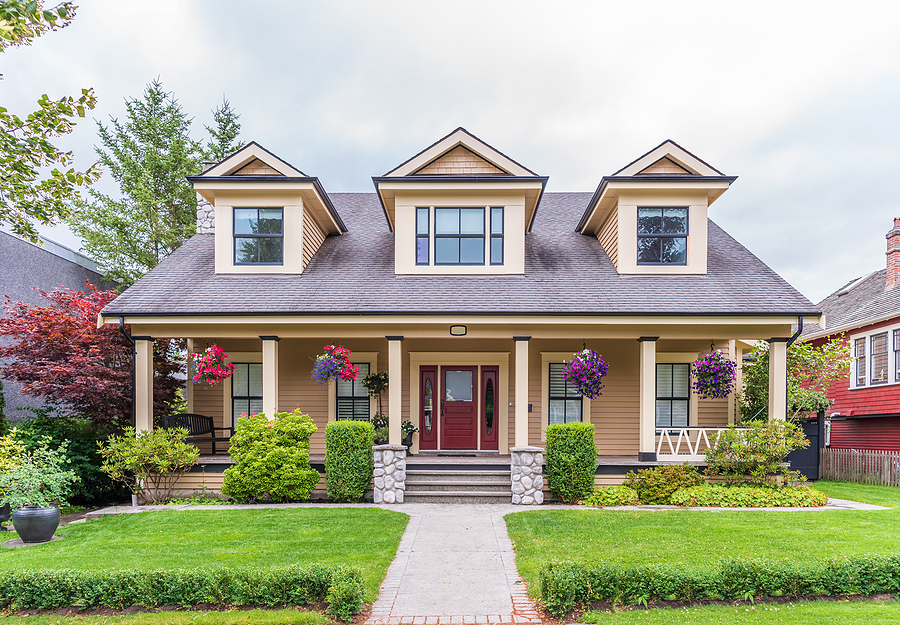
How Does Wind Damage Roofs?
Although your roof is designed to deal with the weather elements, windstorms can be remarkably destructive. Most roofs can withstand winds up to 90 mph, and in hurricane prone areas, they can handle even higher winds. Unfortunately, it doesn’t take hurricane force winds to damage your roof. Severe thunderstorms can create winds exceeding 100 mph, or twice the 50-60 mph threshold for damaging winds. Thunderstorms account for half of all severe roof damage in the lower 48 states.
The layout of your roof can affect your chances of obtaining wind damage by changing wind loading, or the amount of force the wind applies to your roof. Houses with gables are more vulnerable than homes with hip roofs. Certain parts of the roof, such as the eaves and corners, are at a higher risk of experiencing wind damage.
The type of roofing material and installation also affect the resilience of your roof. Poor quality shingles and inexperienced installation make your roof more prone to shingles blowing off in a storm, and that can lead to serious problems quickly.
Although the wind alone is enough to damage your roof, the debris the wind carries can also cause damage. Storms bring heavy hail that beats against your roof, or can take down tree limbs that may land on your roof.
The biggest threat is regular wear and tear. Over time, sealant between shingles fails, causing shingles to curl and crack. Repeated cycles of freezing and thawing also wear shingles or rot the underlying structure, making it more susceptible to wind damage.
How to Detect Wind Related Roof Damage?
After a windstorm, check for shingles on the ground and inspect your roof for missing shingles and other signs of damage. High winds can damage shingles without ripping them off completely. If a shingle unseals and starts flapping in the breeze, you might see horizontal creases on it, indicating wind damage.
You can also check for other signs of aging, like warping. If the corners of your roof start to curl up, or there’s a gap where the roof is separating from the soffit, your roof is damaged and at risk of sustaining further damage from future storms.
What Should You Do About Wind Damage?
You should always check your roof for signs of damage after a storm. If you suspect damage, contact your local roofing professional to inspect your roof as soon as possible. Your roofer should document wind damage with a written description and photos and provide a free detailed estimate of necessary repairs. Your homeowners’ insurance may cover wind related damage, so it’s important to contact them immediately to find out what they cover. It’s also a good idea to check your manufacturer and contractor warranties too because if your roof fails due to poor workmanship or materials, these warranties may come into play.
Hire a Professional Roofing Company
In many cases, signs of roof damage point to needing a new roof. If you’re in the market for a new roof, contact your local, trusted roofing professionals at Armorvue Home Exteriors. Protect your home during the windy season with a beautiful, sturdy, energy efficient roof that will help keep your family and belongings safe and sound.
Subscribe to ARMORVUE Home Exteriors’s Blog
Get ARMORVUE Window & Door’s latest articles straight to your inbox. Enter your name and email address below.


